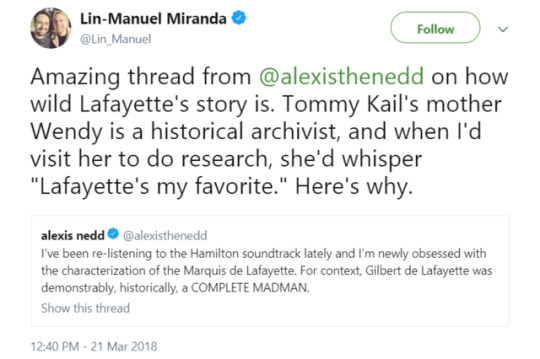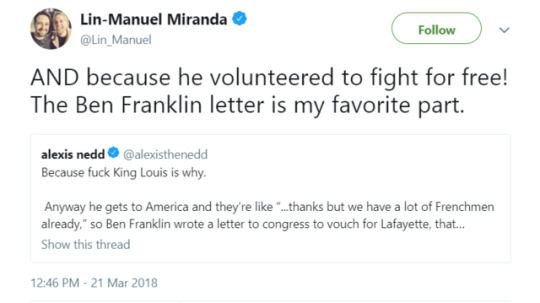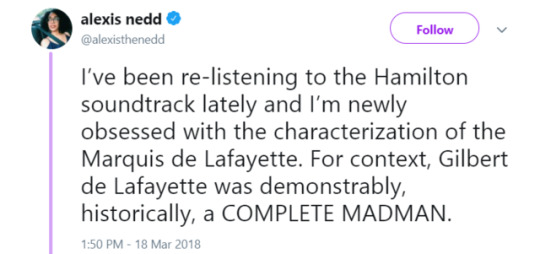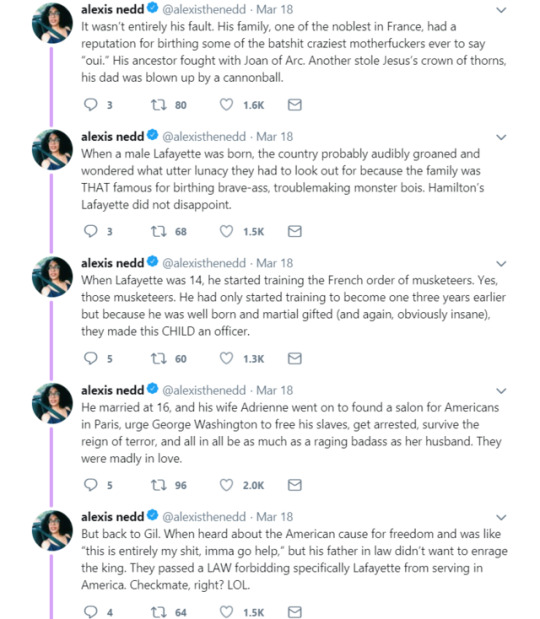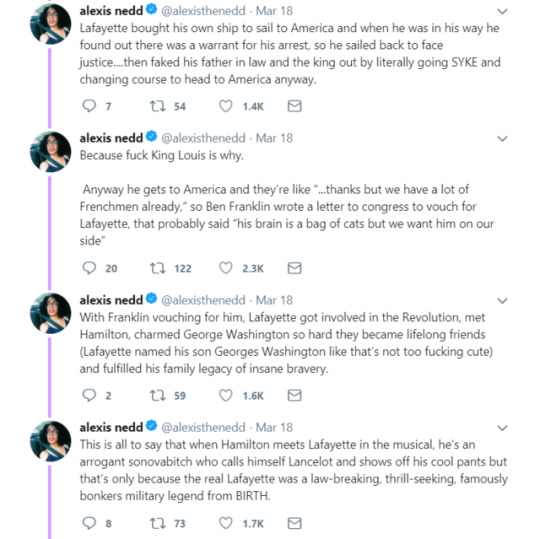One Baseball Fanatic's Collection of Thoughts and Interests
Don't wanna be here? Send us removal request.
Photo

Pictured here is the St. Louis Browns owner Robert Hedges. He is an interesting person to read about in the earlier formation of baseball. He and Branch Rickey could have easily made the Brown’s into what the Cardinals are today if a few different breaks had went different.
11 notes
·
View notes
Text
Baseball’s New Face Lift, Good or Bad?
What’s Going On?
With the league’s introduction of their new pace of play rules at the beginning of the 2018, Commisioner Rob Manfred is attempting to make Major League Baseball games more shorter and more appealing to a wider audience.
How?
The changes introduced this season focus on speeding up three areas of the game. Here are the 3 areas and a brief explanation of the changes made.
1. Mound Visits By Coaches, Players, Managers
Teams will now be allowed 6 TOTAL mound visits during a normal nine inning game. Also these mound visits will be timed. Previously, there was no limit on number of mound visits per game, only on the number of visits made by a manager/coach to a specific player.
2. Shortening Time In Between Innings
Major League players will now have less than three minutes in between innings to change equipment and stretch before the next inning continues. The time in between innings changes depending on the television company carrying the game; with the lowest time allocated being two minutes and five seconds in between innings.
3. Clock for Pitching Changes
Building off of change #2, pitchers are no longer allowed only eight warm up pitches between innings. There is no longer a limit to how many warm up pitches they can throw, however with twenty five seconds left on the Innings Clock, the pitcher must begin to throw their last warm up pitch. Also with five seconds left on the clock, the pitcher must be ready to start the next inning.
Why?
Manfred’s main reason behind speeding up the game is to cater to both the the broadcasting companies and to their younger generation of viewers. The three new rules, along with the rules added in 2015, are meant to shorten televised game times so that more games can be played on national TV.
Good or Bad?
At this point, only time will tell if these new rule changes will have the affect Commissioner Manfred desired. Regardless of their effectiveness at shortening games, the principle behind these rule changes is not what baseball needs. Although I am a little biased as a life long baseball fan and current college baseball player, changing the way baseball is played is something that is not taken lightly by those who love and appreciate the game. I’ll be the first to admit that change isn’t always bad when done for the right reasons. Changing the way the game is played so that more money can be made off of each game is not right in my book. To put this into perspective, the 2015 rule changes for the same purpose had very little effect on the length of games. In 2014, the year before the first rule changes, the average length of a major league baseball game was three hours and eight minutes. At the conclusion of the 2015 season, the length of games only dropped to two hours and fifty six minutes. On the surface this twelve minute difference may seem significant and is a main argument behind the potential effectiveness of this years rule changes, I want you all to think about one thing first. At what point did the rules become about how much money can be made rather than for the safety of the players? It is just my speculation, but with this trend of rules meant to shorten games, at some point these rules will begin to infringe upon the health and safety of the players involved.
Future Rule Changes?
The following rule changes piggy back off of the pace of play changes but are considered much more unrealistic in the minds of baseball purists. All three possible rule changes were detailed by two ESPN broadcasters back in February in a short video. Below are my takes on the three proposed changes.
1. Pick any three batters to start the ninth inning
To the common person this may seem like a great idea! Who wouldn’t want to see their team be able to march out their three best hitters in the bottom on the ninth with the game on the line regardless of what part of the lineup in actually up?!? Anyone who answers yes to that question clearly has no real appreciation for the finer parts of baseball. Baseball is a game of strategy, managers spend the first eight innings of a game strategizing what pitchers they are going to use so that they are best set up to win the game. The whole purpose of a bullpen is to have a group of pitchers who are extremely good at specific jobs. Allowing this ludicrous new rule would completely ruin the bullpen aspect of the game.
2. Home Run Derby Showdown instead of Extra Innings
Out of the three this is by far the most interesting idea. Similar to a shootout in hockey, this could actually add some excitement to the game. Even baseball purists can agree, extra inning ball games are a drag both on the fans and on the players. If I had to choose I would want this rule to have a shot in the majors.
3. Stealing Home Erases Outs
Nope. Nope. Nope. I can’t imagine a world where this is actually a thing. It isn’t even realistic to ask of the players. The chances of getting a runner on third base during a game are low enough already, attempting to steal home and potentially cost your team a run on top of that? No one would attempt this at all.
Final Thoughts
One rule change I have chosen to ignore for this blog is the pitch clock. Implementing a pitch clock is by far the most talked about rule change currently. There are those who are in favor and those who are against it just like all the other rule changes. No further discussion is needed on this rule since all arguments already go around in circles regarding this.
If the Commissioner wants to introduce rules that are going to speed up the game, they should come from the players. The players understand the game best and will be able to come up with rules that address the parts of the game that actually can be fixed or shortened. Attempting to change the rules any other way puts them at risk. The players union should have full control of the rules and all changes and should not have to give in rule changes.
Repost and comment below with your thoughts and ideas about potential rule changes for Major League Baseball and how they could help or hurt the game.
1 note
·
View note
Text
How long does someone have to be dead before it is considered archaeology and not grave-digging.
71 notes
·
View notes
Photo

March 27, 1989
Sports Illustrated exposes Pete Rose’s gambling activities. The article alleges Rose bet from the Riverfront Stadium dugout using hand gestures with an associate.
54 notes
·
View notes
Photo

The Winnipeg Tribune, Manitoba, June 17, 1941
4K notes
·
View notes
Text
When you are 17 and throw a house party you’re biggest fear is too many people will show up. At 37 you’re biggest fear is no one will show up. (source)
122 notes
·
View notes
Text
“You don’t get better on the days when you feel like going. You get better on the days when you don’t want to go, but you go anyway. If you can overcome the negative energy coming from your tired body or unmotivated mind, you will grow and become better. It won’t be the best workout you have, you won’t accomplish as much as what you usually do when you actually feel good, but that doesn’t matter. Growth is a long term game, and the crappy days are more important.”
— Georges St. Pierre
6K notes
·
View notes
Text
“It comes to him: growth is betrayal. There is no other route. There is no arriving somewhere without leaving somewhere.”
— John Updike, Rabbit Redux
813 notes
·
View notes
Link
Today is all about our Spring TBRs! Come check out what I hope to read soon, and drop by (here or on the blog) to tell me what books you are most looking forward to reading in the next couple of months!
9 notes
·
View notes
